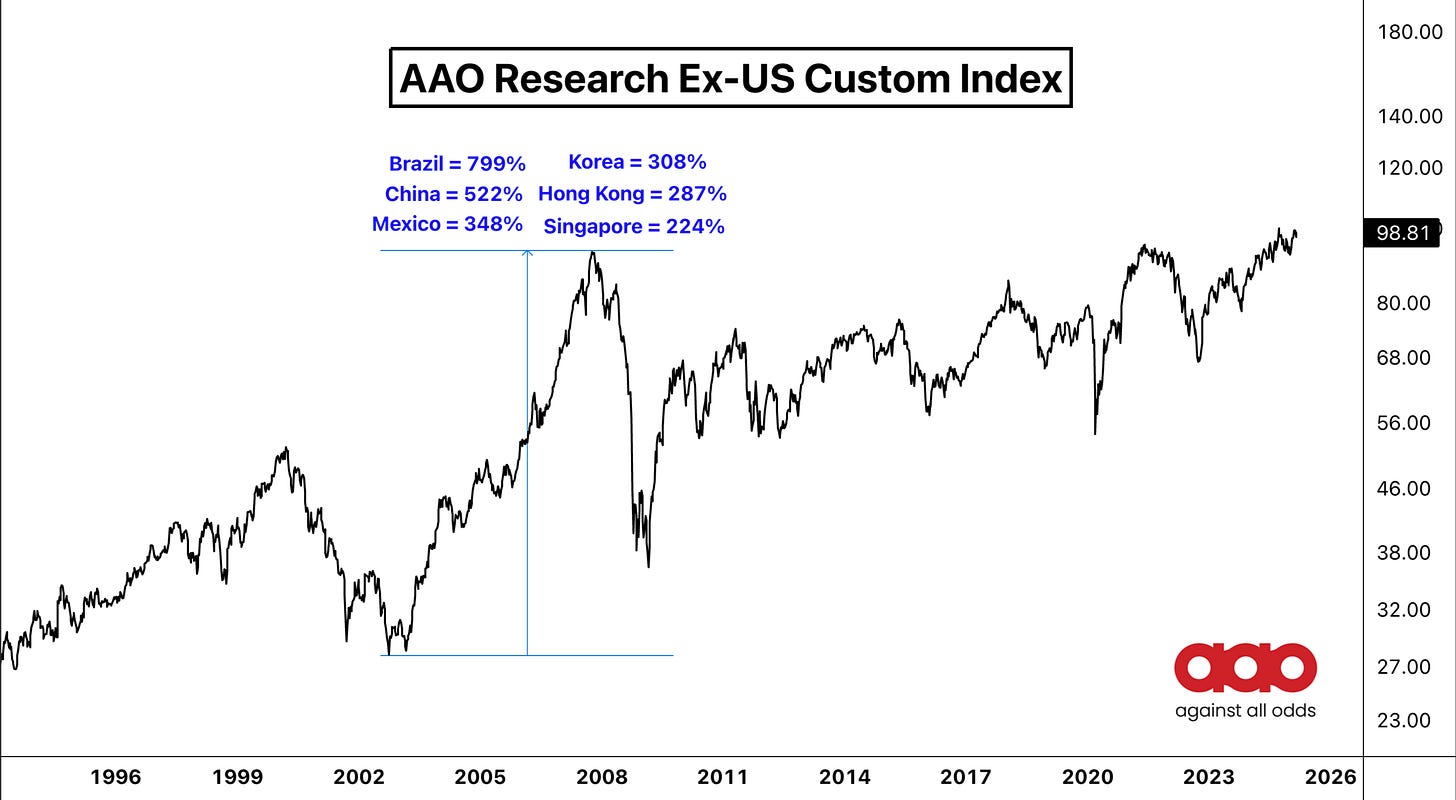When I was 18, I left the U.S. for the first time. I didn’t just visit another country—I got way out.
First stop? Iraq.
This was just after 9/11. A few of us were performing for U.S. troops. The base was a good time. Everyone was great.
But we wanted to see more.
So we went into town—two guys with long dreadlocks, standing out in a place we barely understood. We walked into a random hookah bar, not knowing what to expect.
And it ended up being one of the most memorable nights of my life.
The locals welcomed us. They took care of us. I spent hours with another 18-year-old who, despite growing up halfway across the world, was just like me in almost every way.
That’s when it hit me—at any other moment, in some other context, we could be at war with each other. Not because of anything we did, but because of decisions made far above our heads.
I didn’t have the words for it then, but that moment changed how I saw the world.
There’s beauty everywhere. Sometimes it’s hard to see. But if you look for it, you’ll find it.
This publication isn’t about telling people what they want to hear. If it were, I’d be an AI bull all the time.
But making money isn’t about chasing what’s popular. It’s about knowing when to be in, and when to step away.
And sometimes, that applies to markets.
Other times, it applies to where you are.
The goal here is to stop caring what you are buying.
The Case for International Stocks
Most investors focus on systems—technical analysis, positioning, fundamental research. All useful. But history tells a simple story:
Every great investor has owned international stocks at the right time.
Even Buffett.
There are always moments when looking beyond the U.S. isn’t just smart—it’s necessary.
Take the period shown below: international markets outperformed, while the S&P 500 lagged. From the bottom in 2003 to the peak in 2007, the entire U.S. bull market returned 70%.
Good? Sure. But during that same stretch, global stocks did even better. (As you can see above: 224%-799%.)
Ignoring international markets isn’t a strategy—it’s a blind spot.




